PsychNewsDaily Publishers
100 Summit Drive
Burlington, MA, 01803
Telephone: (320) 349-2484
PsychNewsDaily Publishers
100 Summit Drive
Burlington, MA, 01803
Telephone: (320) 349-2484
Wine tasting enhances flavor appreciation through techniques like experimenting with unusual grapes, engaging in comparative tastings, and understanding wine structure and aroma, thereby refining one’s palate.
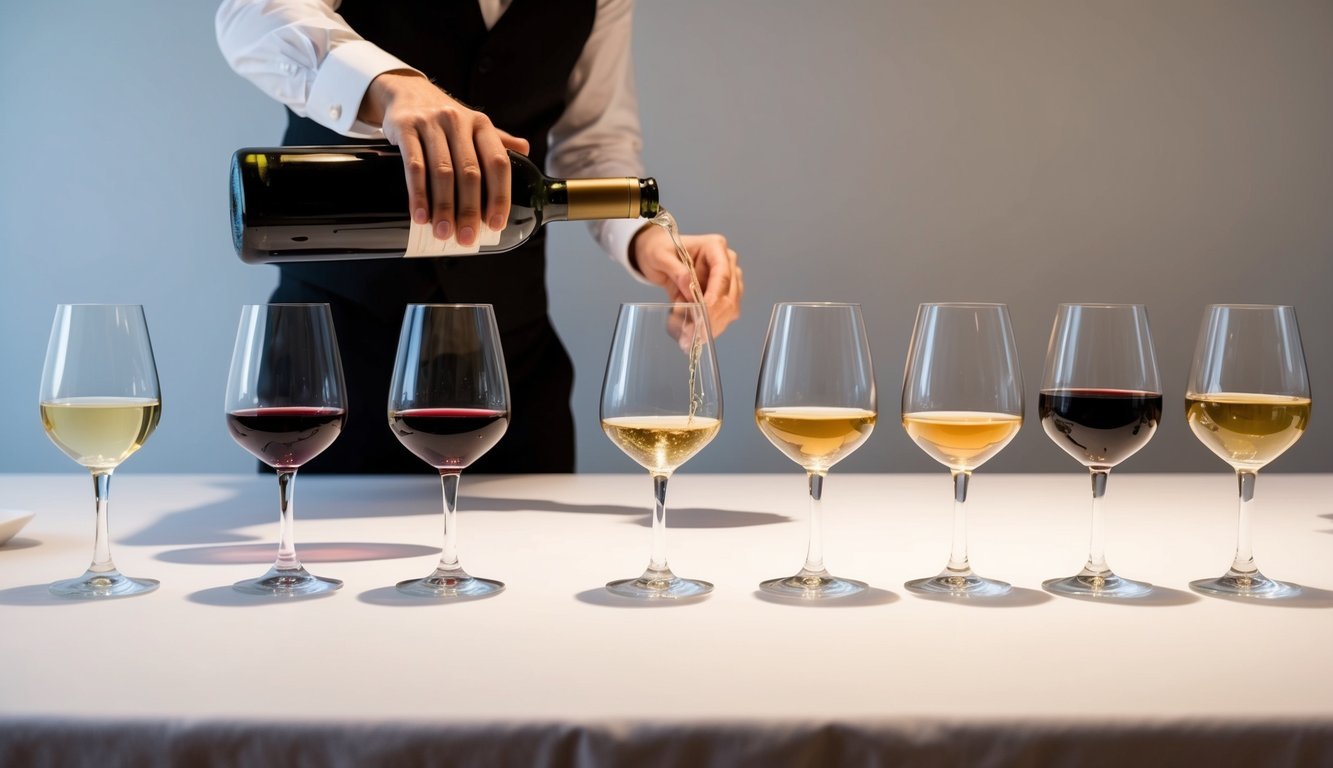
Wine tasting can be a delightful experience for anyone looking to expand their knowledge and enjoyment of different flavors. Many secrets can enhance tasting skills and help develop a more refined palate. Understanding these six wine tasting secrets can truly transform how one approaches and appreciates wine.

By exploring various techniques and tips, wine lovers can learn to identify and savor the unique characteristics of different wines. With a little practice and curiosity, anyone can improve their tasting abilities and discover new favorites. This journey into the world of wine opens up exciting possibilities for enjoyment and exploration.
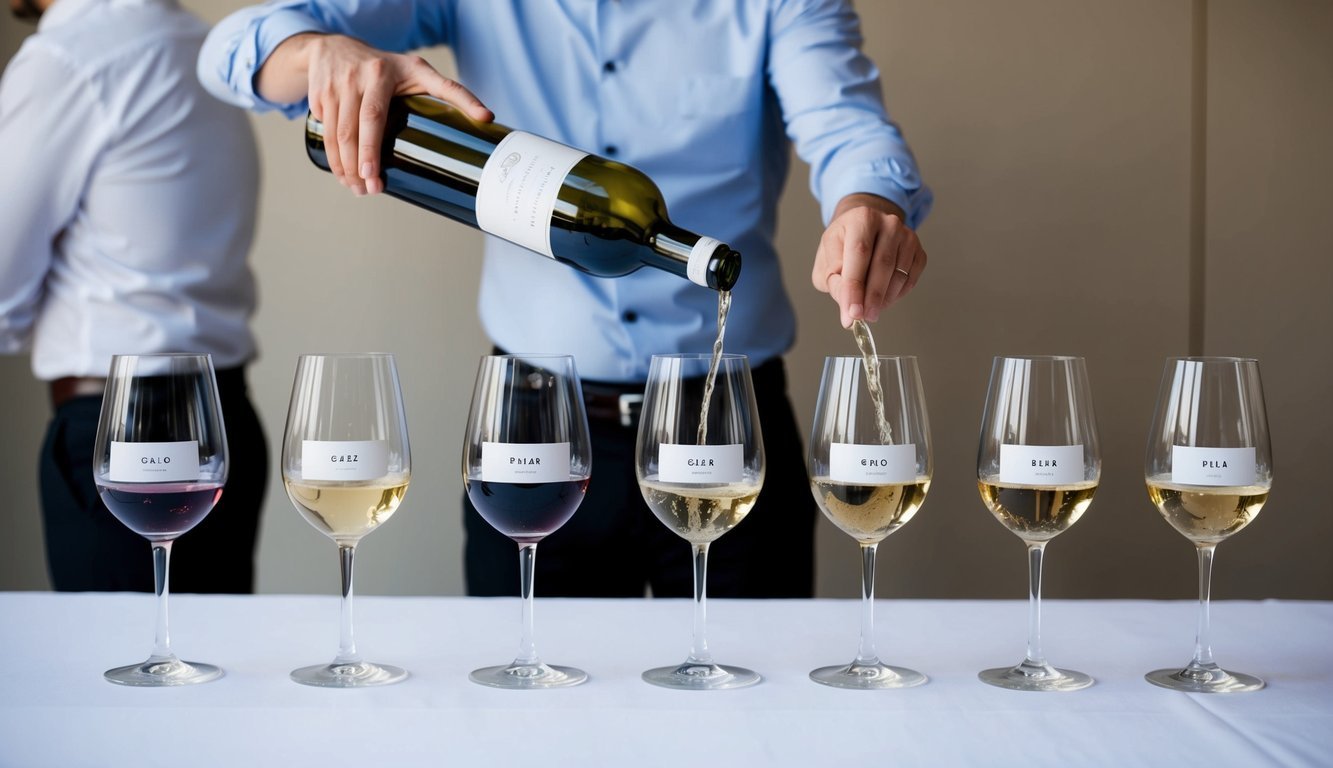
Trying wines made from unusual grape varieties can open up a whole new world of flavors. Grapes like Blaufränkisch or Assyrtiko offer unique tastes that differ from the more common varieties.
Many wine lovers often stick to familiar choices, but exploring lesser-known grapes can be a fun adventure. Gamay and Grüner Veltliner are examples of grapes that can surprise the palate.
These unique varieties are often crafted with special methods, which also affect their taste. Some winemakers use little or no oak aging, allowing the true flavors of the grapes to shine through.
Stepping out of the comfort zone and sampling these wines can help anyone discover new favorites. Each bottle tells a story, and the flavors are just waiting to be explored.
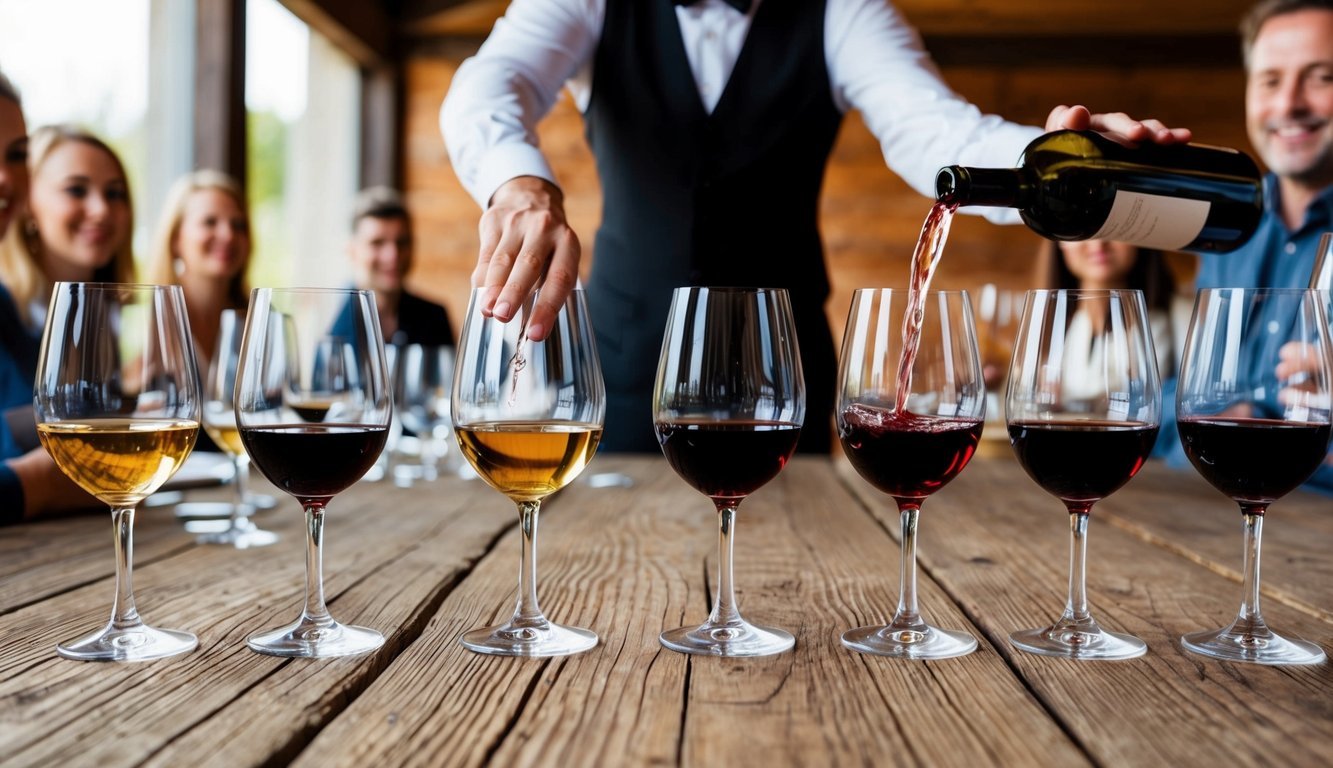
Horizontal wine tasting is a fun way to explore wines from the same year. This means tasting different wines made by various wineries or vineyards.
By doing this, tasters can notice the unique flavors and styles each winery offers. It creates a rich experience as they compare how the same vintage changes with different methods.
To host a horizontal tasting, gather a few friends and choose wines from the same vintage. Each person can bring a bottle, making it easy to share the experience.
As tasters sip and discuss the wines, they can learn from each other. This sharing makes the event interactive and enjoyable.
Taking notes during the tasting can also help track personal preferences. It allows tasters to remember what they liked and how each wine tasted.
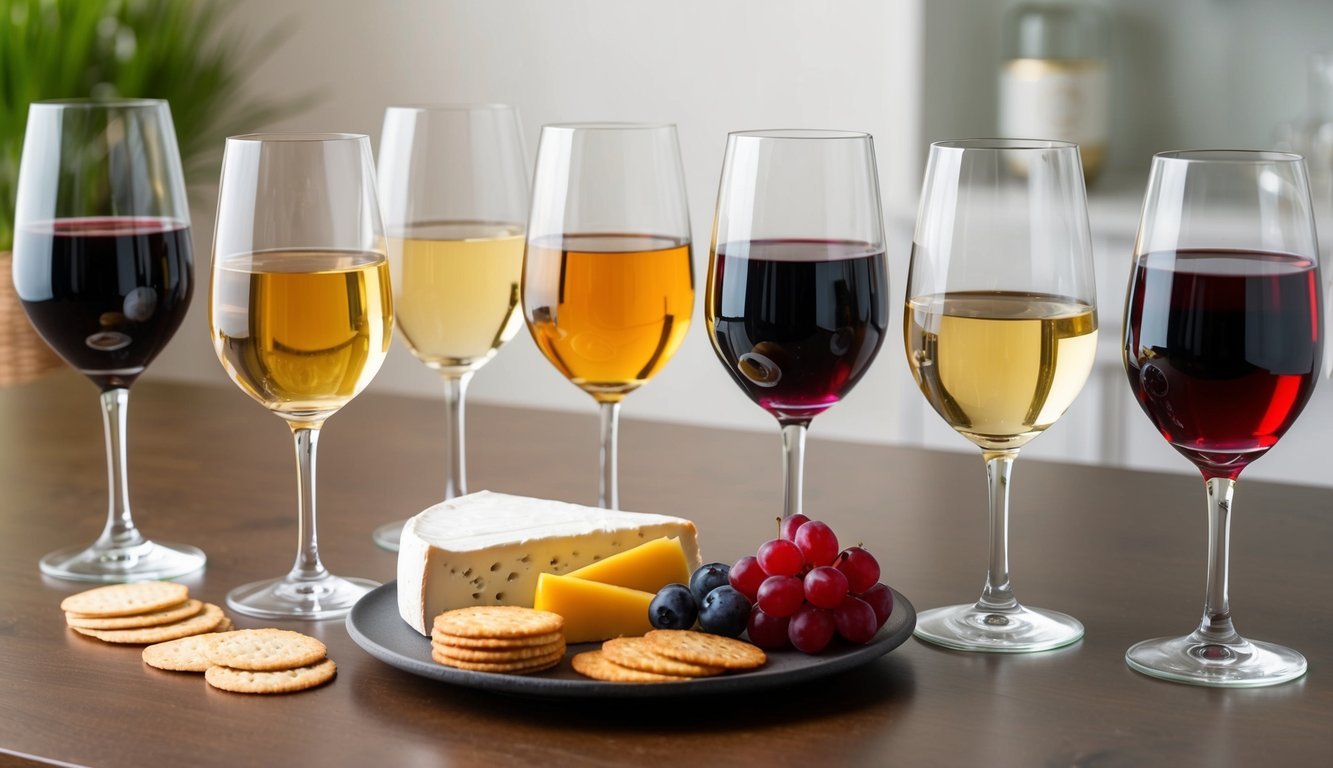
Learning to appreciate wine structure is key to tasting wine differently. Structure refers to the balance of a wine’s elements like acidity, tannins, sweetness, and alcohol. Each of these parts plays a role in how the wine feels and tastes.
To start, it helps to focus on texture and mouthfeel. Some wines may feel smooth, while others can be rough. This understanding helps deepen the tasting experience.
Ignore fruity or floral scents at first. Instead, pay attention to how the wine feels in the mouth. Learning to catch these elements without distractions can improve tasting skills.
Tasting different types of wine can also help. Trying wines with varying levels of acidity or tannins can show how these factors shape flavor.
As skills develop, the overall experience of tasting wine becomes richer. Appreciating the structure leads to a more enjoyable wine tasting journey. Each sip can reveal new insights into what makes each wine unique.
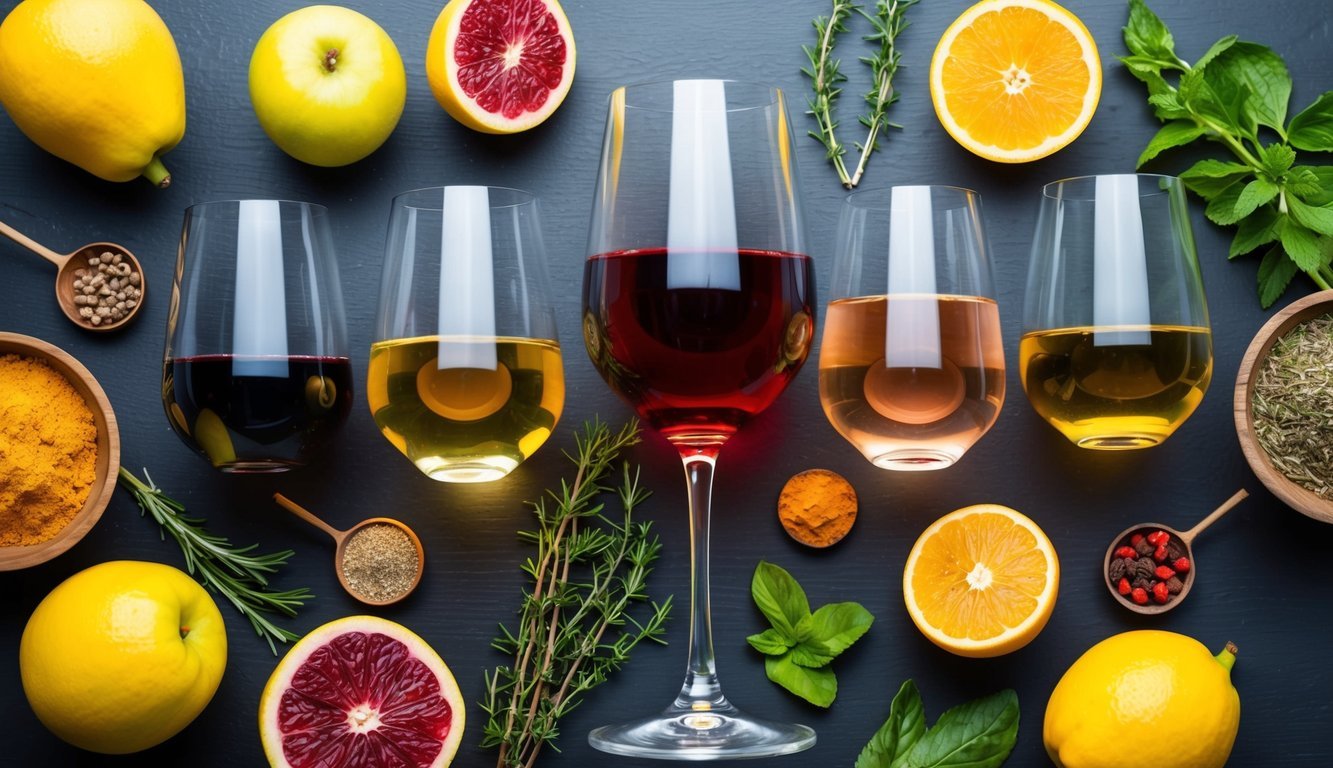
To begin improving wine tasting skills, focusing on smell is key. Smell plays a huge role in how people experience wine. Before tasting, take a moment to really breathe in the aromas.
Start by swirling the wine gently in the glass. This action releases more scents. Then, take short sniffs followed by longer ones. This technique helps in recognizing different smells more clearly.
Encouraging variety in their diet also aids in developing a keen nose. By cooking with different herbs, spices, fruits, and vegetables, they expand their scent vocabulary. This can help when identifying aromas in wine.
Recording notes can be useful too. When someone smells particular aromas, writing them down will help reinforce those memories later. Sharing observations with others can build confidence in their tasting ability.

Comparing multiple wines is a great way to enhance tasting skills. By trying different varieties side by side, a person can notice unique flavors and aromas.
Start with one type of wine from different regions. This shows how the same grape can taste different based on the soil and climate.
Another fun method is to taste various types of wines together, like reds, whites, and rosés. This practice highlights the distinct qualities of each wine.
As they taste, it helps to take notes. Jotting down thoughts about each wine can make the experience more engaging.
Finally, it’s good to discuss impressions with friends or fellow wine lovers. Sharing opinions can lead to new insights and deepen appreciation for wine.
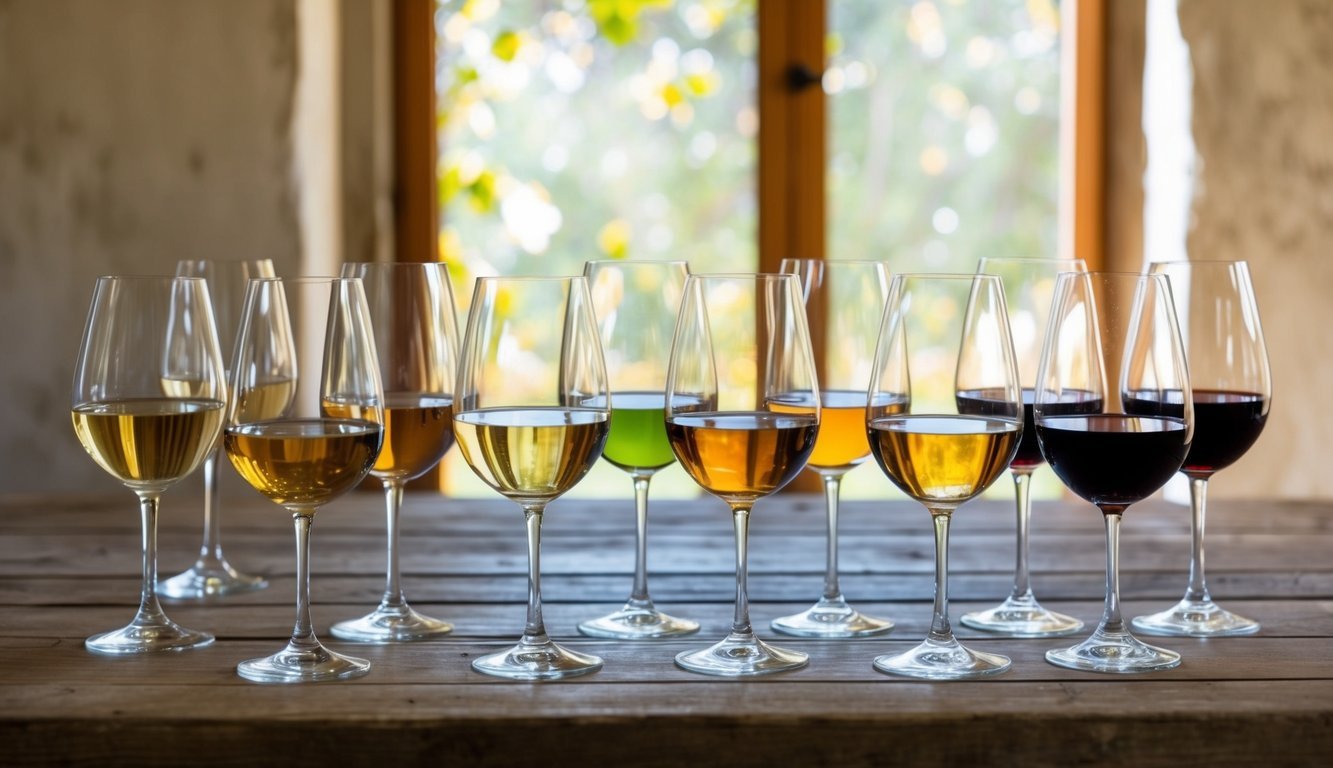
Natural wines offer a fresh and unique tasting experience. These wines often use minimal oak, which helps preserve the true flavors of the grape. Without heavy oak influence, the wine tastes more vibrant and expressive.
When tasting natural wines, a person can discover notes of fruit, herbs, and earthiness. This allows for a greater appreciation of the grapes’ natural characteristics. Many enjoy these wines for their authenticity.
Exploring natural wines can also be fun and educational. Attending tastings or workshops can help build a person’s palate. They can learn about different varieties and find their favorites.

A wine taster’s experience often depends on their palate. This unique ability develops over time and involves more than just tasting the wine. By exploring taste preferences and the powerful role of smell, anyone can better understand how to appreciate different wines.
Taste preferences form based on various factors. Genetics play a role, influencing how people perceive flavors. Some may naturally enjoy sweeter tastes, while others prefer dry wines.
Exposure is key. Trying different wines like Cabernet Sauvignon, Pinot Noir, or Chardonnay helps expand one’s tastes. Experimentation allows a person to discover new flavors and aromas.
A useful tip is to keep a tasting journal. Documenting thoughts on different wines can highlight evolving preferences. This habit encourages a deeper connection with each wine experience.
Smell is essential in wine tasting. About 80% of what people perceive as taste actually comes from their sense of smell. Aromas are crucial for identifying flavors in wine.
When someone swirls a glass and inhales deeply, they unlock many scents. These aromas can include fruits, spices, or even earthy notes. Recognizing these smells enhances the tasting experience.
Learning to differentiate various scents takes practice. Using a wine aroma kit can help develop this skill. With time, a taster can enrich their ability to detect subtle differences, elevating their enjoyment of wine even more.

Wine varietals come from specific grape types, impacting the flavors and aromas in the glass. Understanding these differences can enhance the tasting experience. Varietals are often grouped into Old World and New World categories, influenced by factors such as geography and style.
Old World wines originate from Europe and reflect traditional methods and local grape varieties. Countries like France, Italy, and Spain are known for their rich histories in winemaking. These wines often emphasize terroir, which highlights the unique characteristics of the vineyard’s location.
New World wines, which come from regions like the United States, Australia, and South America, focus on innovation and experimentation. They often use modern techniques that can lead to bolder flavors. Grapes like Chardonnay and Cabernet Sauvignon are popular in both worlds, yet their expressions can differ greatly.
Terroir refers to the environmental conditions where the grapes are grown. This includes soil type, climate, and topography. In Old World wines, terroir is crucial. For instance, a Burgundy wine can taste different than one from Napa Valley, even if made from the same grape.
New World wines may also showcase terroir, but winemakers often adapt styles to suit consumer preferences. They might prioritize fruit-forward flavors and approachable profiles. Understanding the terroir gives wine lovers insight into what makes each varietal special.

Many people have questions about wine tasting, especially when starting out. Understanding the techniques and terms can make a big difference in the tasting experience. Here are some common questions.
For beginners, the best approach is to try a wide variety of wines. Engaging in tastings, either at home or at wine events, helps build skills. Focusing on the different flavors and aromas will improve their tasting ability over time.
Taking notes is a great way to remember wines. Start by noting the wine’s color. Next, describe the aroma and taste. It helps to focus on specific flavors and overall impressions. Writing down these details after each tasting makes it easier to compare and remember.
A wine palate refers to a person’s ability to identify different flavors and aromas in wine. To develop it, one should taste a variety of wines consistently. Engaging in side-by-side tastings can make it easier to recognize differences.
The 5 S’s of wine tasting are:
The 20/20/20 rule suggests spending 20 seconds to look at the wine, 20 seconds to smell it, and 20 seconds to taste it. This method encourages a deeper appreciation for the wine’s characteristics. It can help tasters focus and recognize more flavors.
Sommeliers train their palates through extensive tasting practice. They often taste multiple wines side by side to compare and contrast flavors.
Regular exposure to different grape varieties and regions helps them refine their skills. Additionally, they may use specific tasting techniques to enhance their ability to identify subtle notes.